Lot n° 60
Estimation :
40000 - 60000
EUR
Result with fees
Result
: 108 800EUR
Georges JOUVE (1910-1964)
Rare mirror "Soleil" in white enamelled ceramic
Signed Apollon, numbered 1002 and I/X
About 1955
Diam : 53,5 cm
Bibliography :
- Elisabeth Vedrenne " Les céramiques minimalistes de Georges Jouve " in Connaissance des arts n° 634 de janvier 2006 pages 92-97.
- Michel Faré, " Georges Jouve ", éditions Art et Industrie, Paris, 1965 page 55 for an example of sun motif in the artist's work.
- Pierre Staudenmeyer " La céramique française des années 50, French pottery of the 50's ", Norma éditions, Paris, 2001 pages 204-215.
- Catherine de Beyrie (dir.) " George Jouve à la Lumière d'Apollon ", sprl Debeyrie's collection, 2021, Bruxelles, pages 11, 71 and 92.
- Patricia and Philippe Jousse " Georges Jouve ", catalog of the exhibition organized by the Jousse gallery, Paris, 2006 pages 176-185 for other examples of mirrors realized by the artist.
- Symbolism of the sun in the work of Georges Jouve -
His work evolves according to the currents and often anticipates them by passing from a traditional production in connection with this ideological and religious "return to the earth" with characters of saints or animals. Within the salon de l'imagerie, he produces pieces such as large anecdotal vases, figurines or dishes in relief on black backgrounds. He then moved on to anthropomorphic stoneware in response to Picasso's challenge to ceramists. His pieces find a new impetus in 1954 with his installation in Provence with a great mastery in the enameling, casting and modeling of his works. It was also at this time that he produced large pieces, notably architectural and religious works. He then moved on to a return to the obviousness of forms with a softening of the asymmetries or a simplification or even a disappearance of the decorations. The symbolism of the sun is found in many of his works as in his Miroir vigne of 1946 where we find a sun at 12 o'clock in the middle of the decoration of bunches of grapes (Catherine de Beyrie op cit page 71). We can also see the sun as a central ornamental element in pieces such as The Sun, which is a black glazed ceramic featuring a yellow glazed sun and made in 1950 or another ceramic also featuring a sun on a white background made in 1949.
Jouve described the sun: "extraordinary decorative element. The sun is powerful.
According to his wife Jacqueline Jouve, there was "no relationship between the Sun on the works and the nickname of Apollo".
He borrowed a whole neoclassical vocabulary with his suns in his frames and mirrors, notably under the influence of artists such as Alexandre Noll, with whom he was in contact, or Jacques Adnet, who commissioned him to participate in exhibitions in France and abroad. He will remain notably between two tendencies, namely organic forms with random lines and more abstract, geometrical and purified forms. This opposition is also found in his choice of colors with strong oppositions between black and color, black and white or matte and shiny aspects.
My orders
Sale information
Sales conditions
Return to catalogue


